This website uses cookies so that we can offer you the best possible user experience. Cookie information is stored in your browser and performs functions such as helping our team understand which sections of the website you find most interesting and useful.
Light and urban space
Outdoor lighting should be seen as a tool to enrich human experience and enhance the nighttime urban landscape, without disrupting the natural processes that sustain life. A planning approach that integrates environmental and social criteria enables lighting to provide safety and comfort while reinforcing the unique character of each place, always with the utmost respect for biodiversity.
Environmental impact of outdoor lighting
The spectrum and tone of artificial nighttime light shape the relationship between human activity and the natural world.
Cool colour temperatures (with a high blue content, above 4,000 K) tend to disrupt the circadian rhythms of living organisms. In humans, this type of light can suppress melatonin production, disrupt sleep, and affect mood. In wildlife, such as birds, cool light can disrupt dawn choruses, alter mating cycles, or even interfere with migratory patterns.
Warm colour temperatures (with predominantly amber and reddish tones, below 3,000 K) are gentler on biological rhythms. In humans, they promote relaxation and rest, as their spectrum more closely resembles that of natural sunset light. Longer wavelengths, such as amber tones, attract fewer insects, reducing disruption to their natural paths and lowering mortality, which helps preserve their vital roles as pollinators and ecological regulators.
Plants, meanwhile, can interpret artificial light as a seasonal shift, altering flowering periods and leaf growth. This effect, combined with changes in bird and insect behaviour, directly affects the balance of urban ecosystems.
Conscious and responsible lighting
Truly responsible outdoor lighting combines technology, design, and ecology to minimise environmental impact. A thoughtful approach allows us to balance human needs with biodiversity preservation and night sky protection.
Light should be used only when necessary and for a clear purpose, precisely directed to the areas that need illumination while avoiding unnecessary spill. Keeping brightness levels moderate and adjusting intensity to the minimum required, with the help of control systems such as timers or motion sensors, helps reduce the impact on nature.
Choosing warmer tones with a lower proportion of blue light helps protect biodiversity and the natural rhythms of all living beings. Our commitment is to support cities and projects in their transition toward more conscious and environmentally responsible lighting.
NIGHT-TIME LIGHTING

COLOUR TEMPERATURE
COOL
WARM






GREATER DISRUPTION
MAXIMUM RESPECT
IMPACT ON BIODIVERSITY
Standard warm white
3000K
CRI 70/80

3000K
2700K
2200K
PC Amber
RED
Lighting projects
Aware that lighting directly affects biodiversity and human well-being, we are committed to precisely controlling its direction and intensity to minimise light intrusion. In this way, every illuminated space becomes an example of harmonious coexistence between the city and nature.
Green hubs
3000K
In these new pedestrian areas, warm 3,000K lighting helps create a more welcoming urban environment. Urban lighting is designed to support street life with low, precisely directed luminaires, preventing light from spilling onto façades and preserving the privacy of indoor spaces.
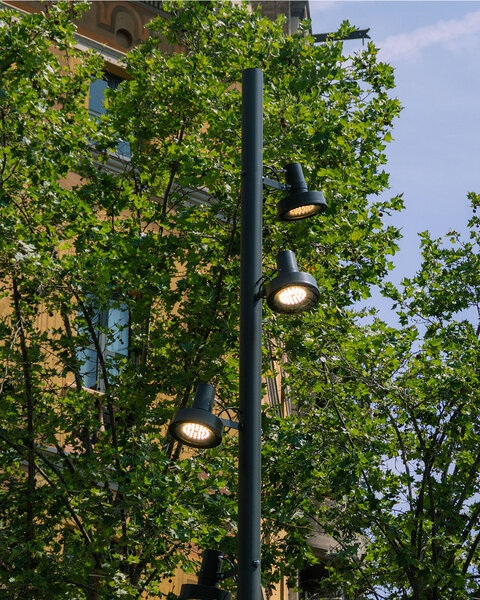
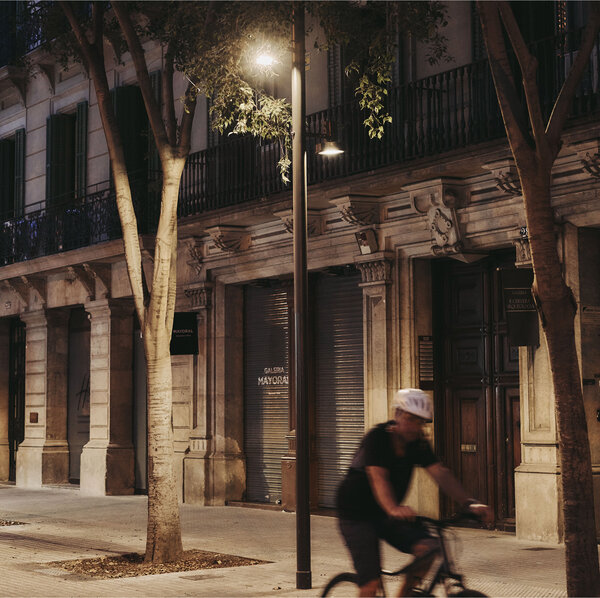
Stone architectures and open plazas define the historic centers of Mediterranean cities. Timelessly designed luminaires, offering high technical performance with minimal visual impact, respect the character of their surroundings through their discreet presence.
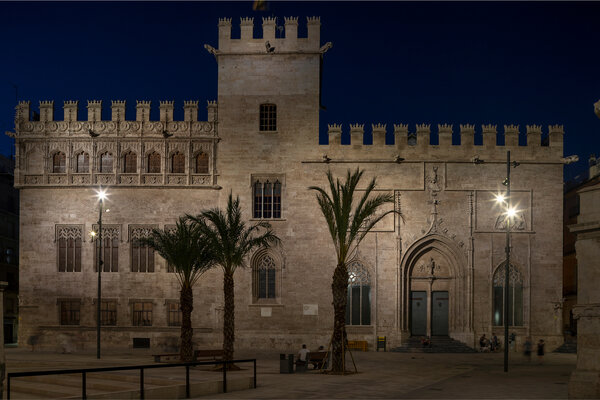
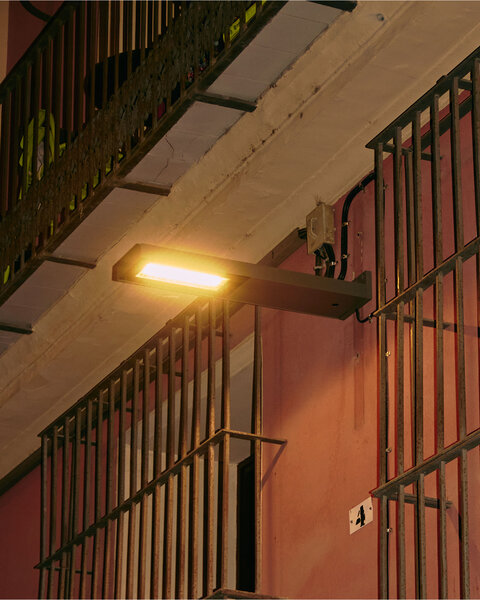
The park connects nature and city, requiring a balance between urban lighting and biodiversity protection. Lighting on bridges and pathways is carefully designed to prevent light from spilling into the river and uses narrow-spectrum light sources to support wildlife movement while blending into the surrounding urban environment.
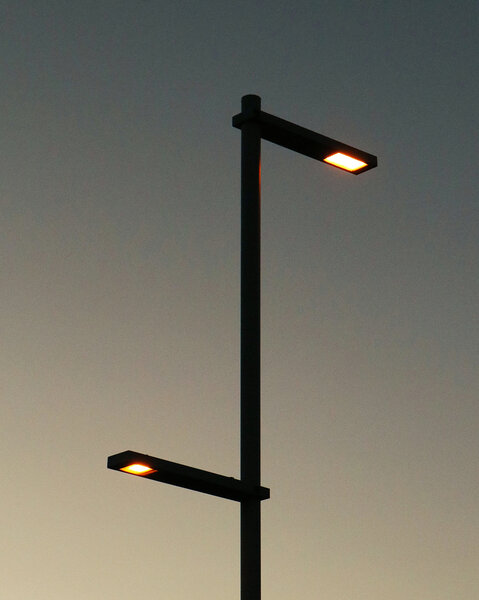
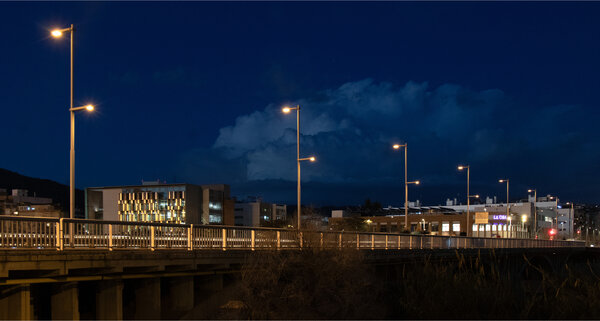
Mas de la Mel Park
PC Amber
The new Mas Mel Park, the largest in Calafell, has become a green lung for the municipality. In this context, and to respect the natural biorhythms of nearby flora and fauna as much as possible, the lighting project uses PC Amber light sources, minimising their impact and supporting the healthy development of the ecosystem.
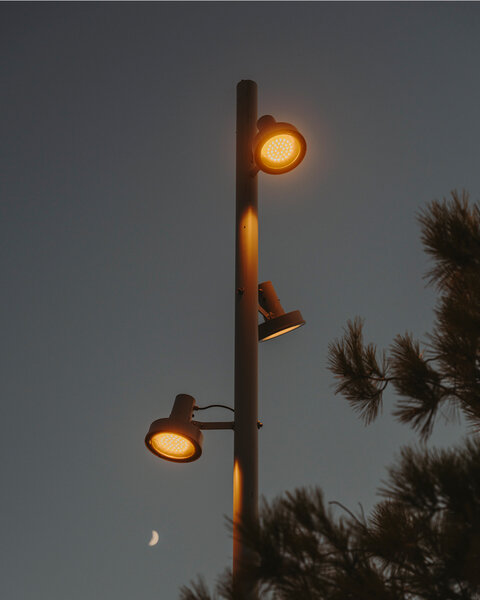
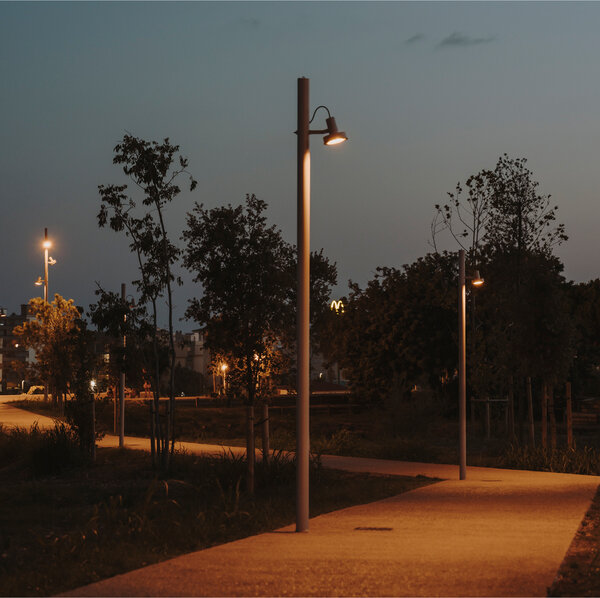
Do you have a project?
We have a specialised lighting design department ready to advise you and tailor our solutions to the needs of your space.

